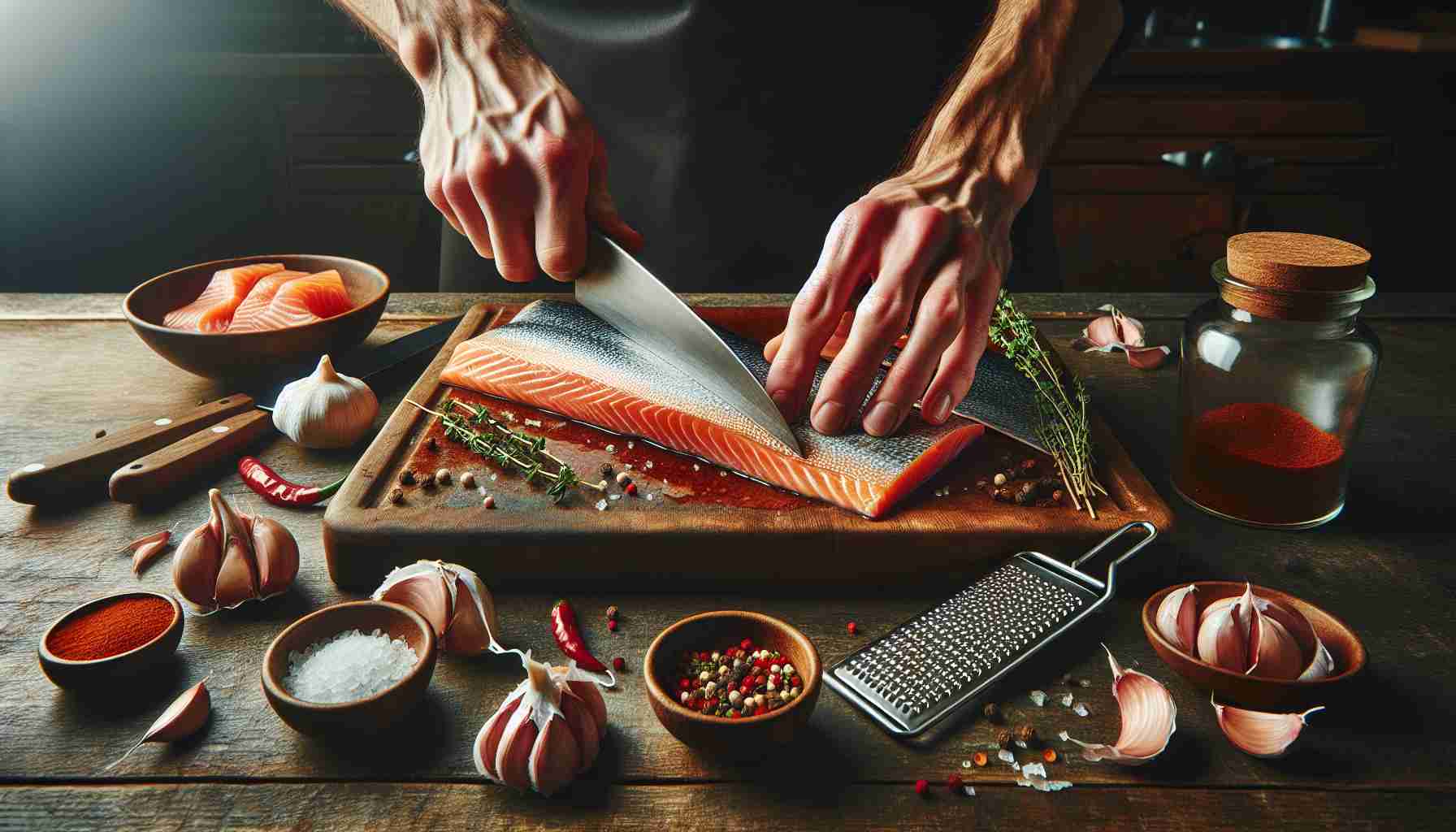Unlocking the Flavor Potential of Salmon Skin
Revel in the Versatility of Salmon Skin
Salmon skin, often a contentious topic amongst food enthusiasts, brings a myriad of possibilities to the table. While some appreciate the satisfying crunch it adds, others may prefer the smooth texture of the filet itself. Explore beyond the conventional boundaries by using salmon skin to elevate dishes like a unique tuna salad or savor it independently as a creative twist on bacon. Surprisingly, regardless of your affinity towards consuming it, grilling your salmon with the skin on can be a game-changer.
Discover the Secret Behind Enhanced Flavor
Contrary to its thin appearance, salmon skin is rich in fats that infuse your grilled fish with additional flavor. By retaining the skin during grilling, you allow it to interact with the marinade, absorbing the savory sauces and spices to enhance the overall taste. Moreover, the presence of the skin provides structural support, preventing the fish from disintegrating on the grill and ensuring a seamless cooking process. Whether you savor the crispy skin or not, it’s a simple task to peel it off post-grilling, making it effortlessly adaptable to various preferences.
Unveiling the Untold Story of Salmon Skin: A Deep Dive into Flavor Enhancement
Have you ever wondered about the untapped potential of salmon skin beyond just its texture and crunch factor? Let’s delve into some lesser-known facts that shed light on the flavor profile and culinary versatility of this often overlooked part of the fish.
What are the nutritional benefits of salmon skin?
Salmon skin is not only a source of crunch and texture but also a treasure trove of nutrients. It is packed with omega-3 fatty acids that are essential for heart health and brain function. By consuming the skin, you can boost your intake of these beneficial fats, contributing to a well-rounded diet.
How can you make the most of salmon skin in your recipes?
While grilling salmon with the skin on is a popular method, another technique gaining traction is crisping up the skin separately to create salmon skin chips. These crispy morsels can be used as a garnish, providing a delightful contrast in texture to your dishes. Additionally, rendering the fat from salmon skin can be utilized in cooking to impart a rich umami flavor to various dishes.
Key Challenges and Controversies
One of the primary challenges associated with utilizing salmon skin is ensuring that it is properly scaled before consumption. Neglecting to remove scales can result in an unpleasant dining experience, detracting from the overall enjoyment of the dish. Furthermore, there is a debate surrounding the sustainability of consuming salmon skin, given concerns about overfishing and environmental impact.
Advantages and Disadvantages
One advantage of incorporating salmon skin in your cooking is the added depth of flavor it brings to dishes, enhancing the overall gastronomic experience. On the flip side, some individuals may find the texture or taste of salmon skin off-putting, leading to a divisive opinion on its culinary appeal. It is essential to consider personal preferences and dietary restrictions when deciding whether to include salmon skin in your meals.
Explore the myriad ways in which salmon skin can elevate your culinary creations and unlock a world of flavors waiting to be discovered. Embrace this underappreciated element of the fish and witness how it can transform your dishes from ordinary to extraordinary.
For more insights on seafood and cooking techniques, visit Seafood Watch.










